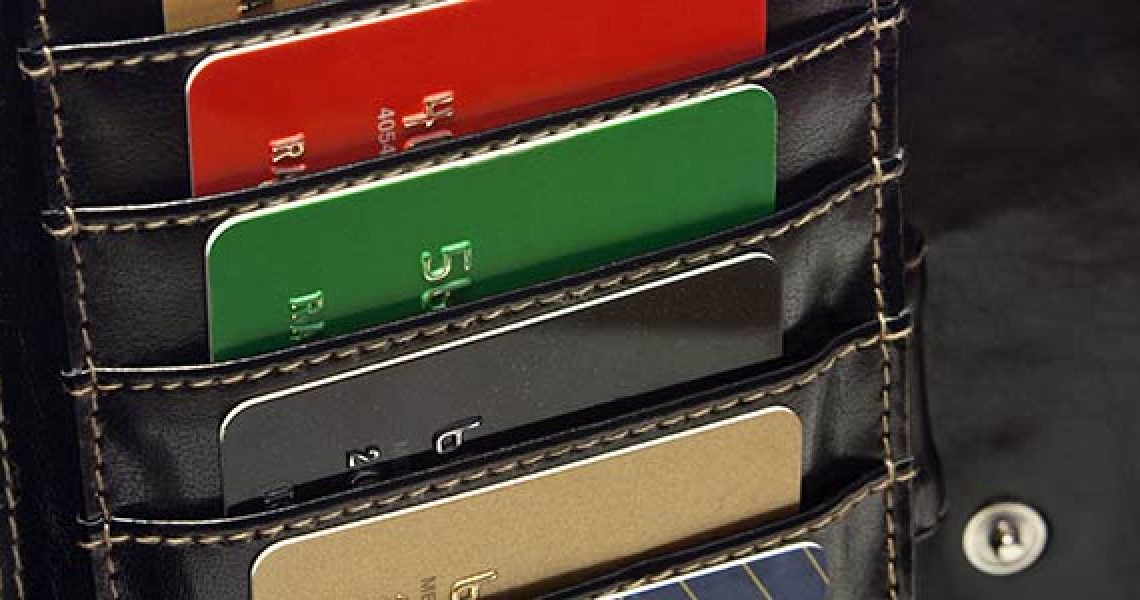Australian consumers are now more cautious about their spending. They are now more inclined to increase their savings and clean up their credit card debts. This observation is according to financial experts from Bendigo & Adelaide Bank. They added that local households are now aiming to put their finances in better order due to the uncertainty about global economy especially after recent reports about credit woes in the US.
Australia’s credit card debt is proving to be interesting and conflicting.
Rising Credit Card Debt
According to the Reserve Bank of Australia (RBA), credit card debt on the national level has jumped by 42% in the last five years to about $49.3 billion. Compared to recent figures, that is equal to $2.87 billion in increase. The average credit card debt now stands at $3,321.
Comparison with the US
Needless to say, the US credit card debt is now one of the worst in the world. If Australian credit card debt is at $49.3 billion, in the US, it is up to US$790 billion ($758 billion). If average credit card debt in Australia is $3,464, in the US it is $15,156. The total number of credit cards owned and used by local consumers is exceeding 14 million; that is dwarfed by a total of 609.8 million plastic cards held by consumers in the US.
In comparison, Australian credit card debt may seem more manageable. But financial experts warn that it could still be considered as among the most severe in the world. A debt relief company has revealed that every year, about 70,000 Australians seek credit card debt resolution. It is also becoming more common for local households to spend thousands of dollars each month on credit card repayments.
Credit card addiction
Analysts warn that ‘credit card addiction’ is now rampant across the country. That is because as costs of living continue to spiral, more households are finding it more difficult to cope. They are then forced to put daily expenses, and sometimes even mortgage repayment, on credit cards.
It is also doesn’t help that almost all credit card firms and lenders are constantly devising and introducing new ways and offers to lure more cardholders to spend using their credit cards. Special offers and rewards programs succeed in convincing consumers to make more electronic and credit card purchases. These and many more incentives blind consumers about the reality: credit cards are still among the costliest ways for us to borrow money.
A vicious circle
The RBA is set to increase interest rates before the final quarter of 2011. That means credit card rates may move up. With the present economic condition, it is expected that more Australians are likely to default on their credit card debts.
While credit card spending helps keep the national economy stimulated in the short term, in the long term, it could be destructive. If consumers get into too much credit card debt, they would eventually reduce or cease spending (especially if they have reached their credit limits) that would logically dampen private consumption, which in turn accounts for up to 54% of the country’s GDP. When the local economy slows, it would lead to more job losses, even less spending, and more defaults. What happens next is something everyone could dread.





